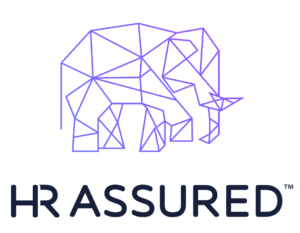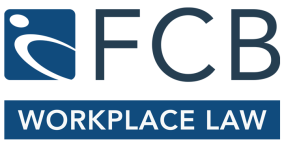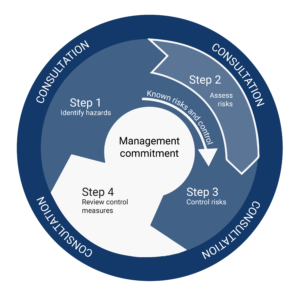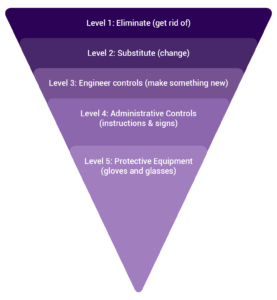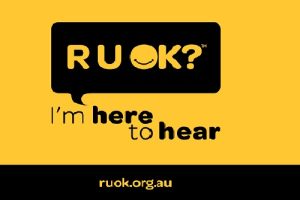WHS compliance in the building and construction industry: sophisticated, not complicated
September 2, 2022Australia’s complex Work Health & Safety (WHS) laws can be overwhelming for any business to wrap their heads around, and in no industry is this more evident than in building and construction.
In the construction game, highly complex systems of work and operations create unique and genuine hazards and risks to workers onsite every day. For this reason, the threshold of what is required to comply with Australian WHS laws in the construction industry is extremely high.
This compliance complexity sees many construction businesses overcomplicate or spend a lot of time and resources in an attempt to be compliant but without necessarily being effective.
This article explains why simplifying WHS compliance helps businesses build all the essential elements of a compliant safe work system that will protect workers and your business.
Keeping safety simple
Clear and robust hazard identification and risk control framework is fundamental to a compliant WHS management system. No matter the type of health and safety risk being managed on site, the following best-practice hazard risk assessment framework must be embedded into a construction business’s operations, ideally through its Safe Work Method Statements (SWMS):
- Identify hazards: review your operations and identify any aspects of your work that could cause harm.
- Assess risks: understand the nature of the harm that could be caused by the hazard, how serious the harm could be, and the likelihood of it happening.
- Control risks: implement the most effective control measure that is reasonably practicable in the circumstances (using the ‘hierarchy of control’ noted below) and ensure it remains effective over time.
- Review hazards: regularly assess the identified hazards and control measures to ensure they’re up to date and (in respect of the control measures) working as planned.
- Consult with your workers: discuss with your employees and other stakeholders at each step of the journey and ensure their feedback is considered in the eventual decisions that are made.
Image 1: Risk management framework
Learning and understanding how to apply this framework as a routine part of your work on the ground is key to complying with WHS laws – and being able to demonstrate it in the event of an incident.
Once the risk has been identified and assessed, the hierarchy of control, pictured below, should be used as a guide to determine the appropriate control measures to guard against those risks.
Eliminating the hazard and risk is the highest level of control in the hierarchy, followed by reducing the risk through substitution, isolation, and engineering controls then reducing the risk through administrative controls. Reducing the risk with personal protective equipment (PPE) is the lowest level of control, partially because it relies on the individual worker complying with the PPE directions and partly because it seeks to minimise the impact on the worker rather than preventing the hazard from occurring in the first place.
Image 2: hierarchy of control
Your SWMS should be regularly discussed and reviewed with workers to ensure all key hazards and risks have been identified and controlled in the most effective way possible in accordance with the hierarchy of control.
Again, your approach need not be overcomplicated and laden with paperwork – simply ensure you are routinely reviewing the work being performed onsite so that you’re confident that control measures are in place and your workers are trained in performing the work in accordance with the relevant SWMS – and are being supervised while doing so!
Elements of a best-practice safe work system
What is required to comply with your legal obligations isn’t just your risk management practices or SWMS. The following elements are integral components of a compliant WHS management system:
- Be prepared – WHS management plan
A WHS management plan is a strategic document that assesses an organisation’s risks from the top down and charts how the risks will be controlled over a defined period – can you show that you take a planned and strategic approach to keeping your people safe?
- The three Ps – policies, procedures, and processes
Your WHS system must be thoroughly documented so that workers are provided with clear, lawful, and reasonable directions about how they’re to perform their work safely, and so that in the event of an incident, your business can protect itself from liability – would your current WHS policies and procedures show that your business takes WHS seriously?
- Promoting a safe workplace – training and induction
Once your policies are in place, workers must be trained in how to comply with them and what’s expected to promote a safe working environment. Site inductions and regular training for workers in assessing hazards and reporting risks, incidents etc will ensure you’re meeting this obligation.
- Consultation
Consultation with workers about matters that affect their health and safety is a core legal obligation under WHS legislation. It’s crucial that you have in place regular forums (toolbox talks, pre-start meetings etc.) where WHS is discussed with your workers, and you must keep records to be able to show that the meetings occurred.
- Supervision and safety go together
Businesses have a legal duty to ensure workers are supervised while performing hazardous work. Do you have structures in place to ensure you have a watcher for workers whenever they’re performing hazardous work?
- Reporting and record-keeping
Your WHS management system must include reporting mechanisms on safety at all levels of the organisation. If you can’t verify how you have been complying with the law through accurate records and reporting, then you will be liable!
Having an effective WHS management platform – it’s worth it
We know that understanding your WHS obligations and maintaining compliance can be an admin-heavy, time-consuming task but it’s one you can’t risk getting wrong. At FCB, we are experts in assisting businesses in the construction sector to interpret and ensure compliance with complex WHS laws and obligations. Whether you need an HR, payroll, or work health and safety audit, we’ve got a solution for you.
On top of our team of specialist lawyers and consultants, FCB’s sister company, HR Assured offers a complete best-practice WHS management system that caters for managing risks through its cloud-based platform, HRA Cloud. Along with a team of workplace relations experts who can provide immediate advice and support on a range of workplace matters 24/7.
Get in touch with the team at FCB for a confidential discussion on 02 9922 5188 or email info@fcbgroup.com.au .
